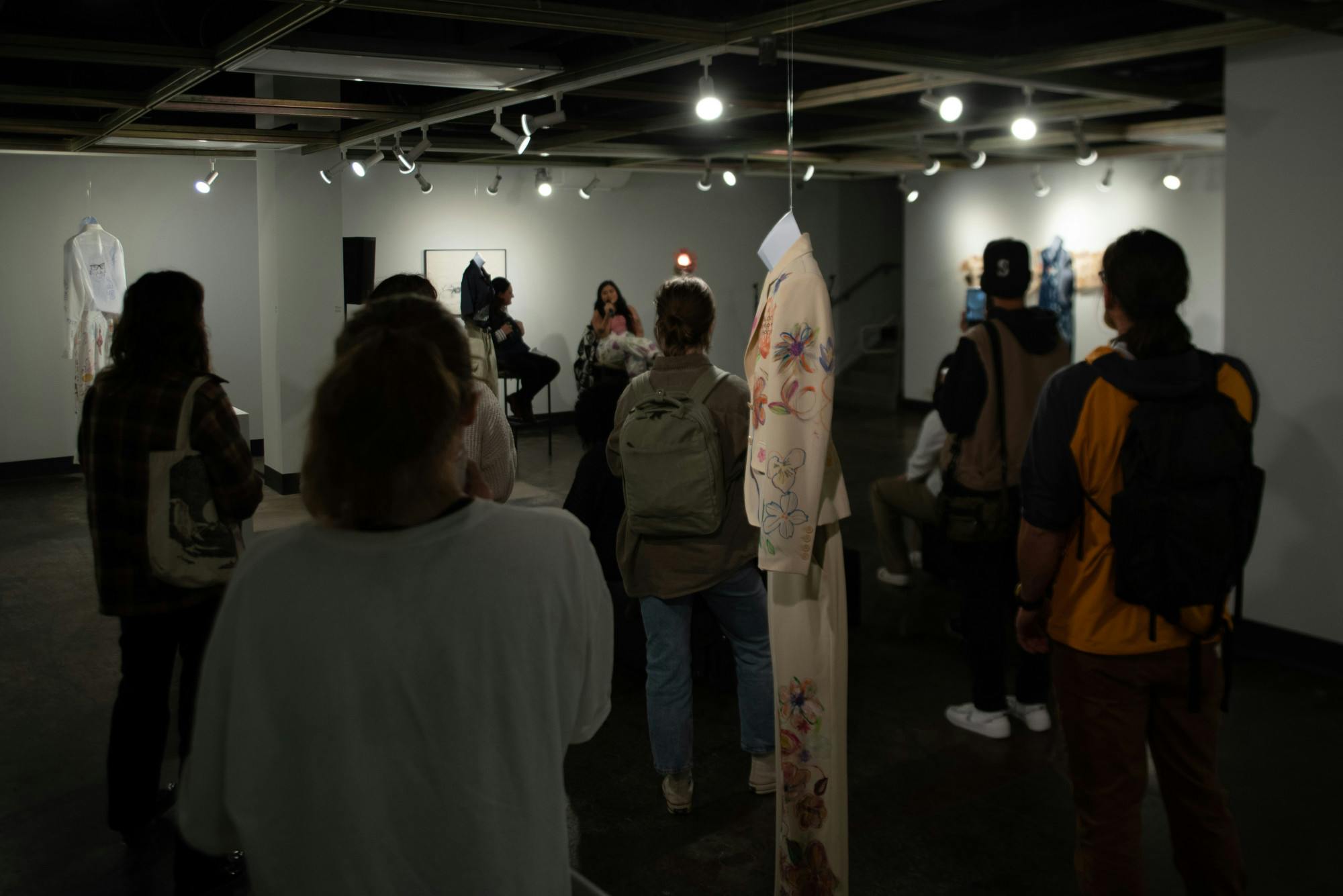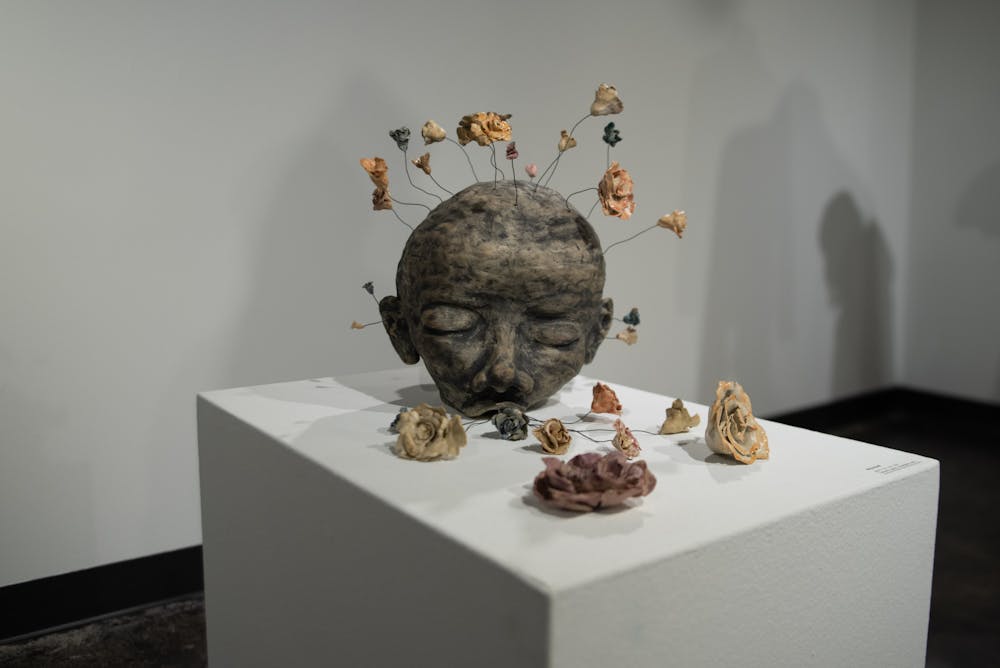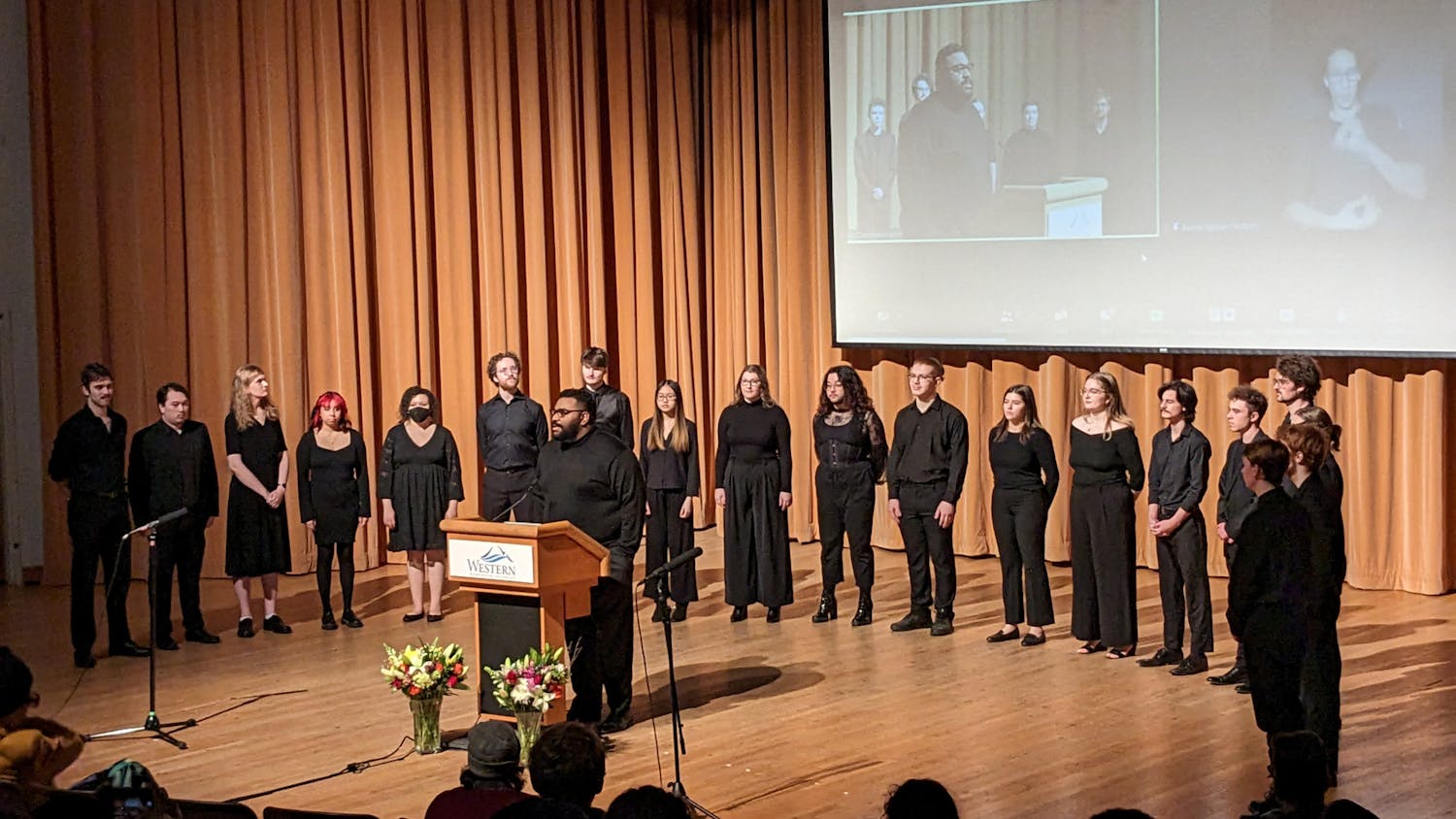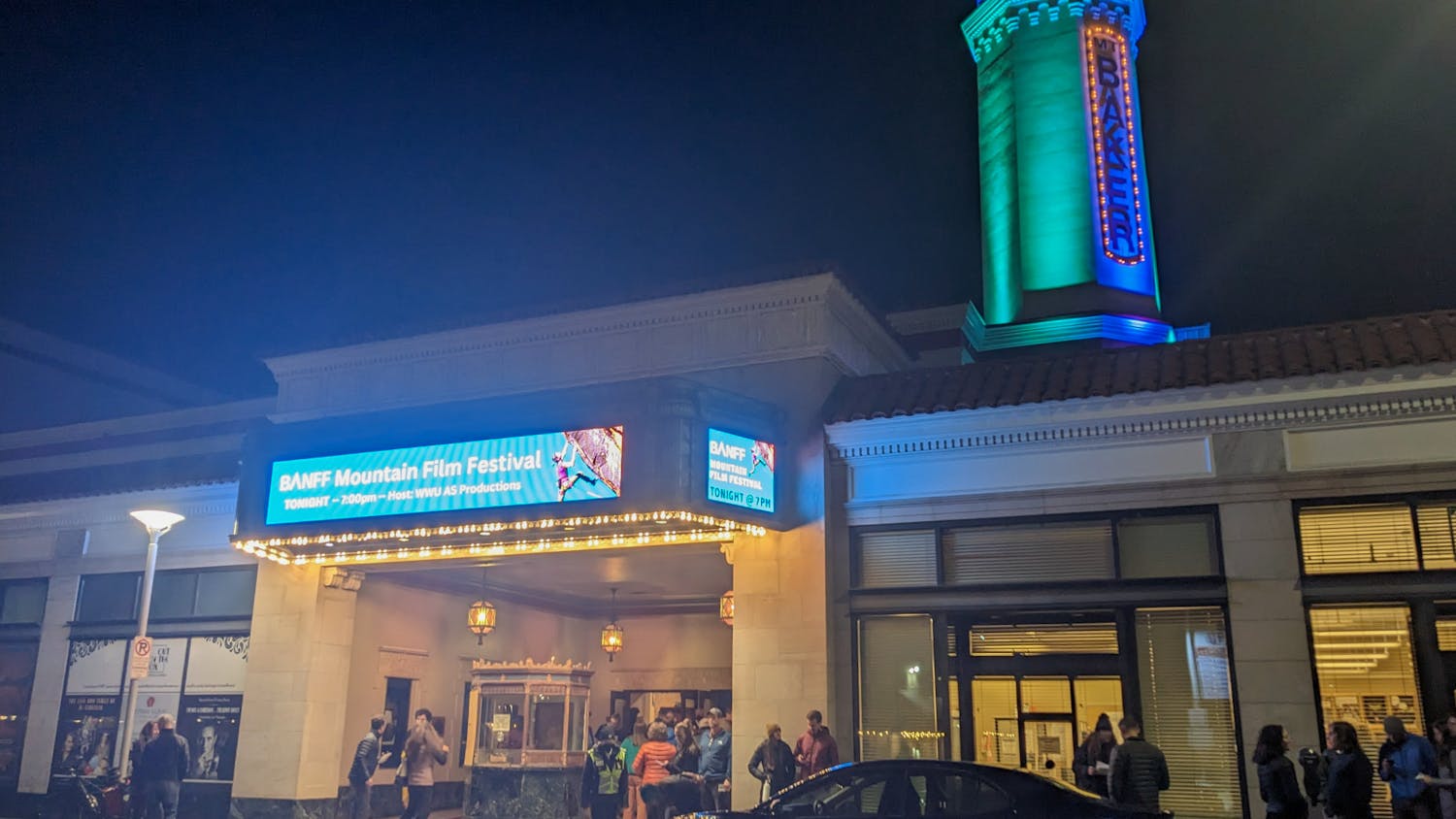A new show has arrived at the Viking Union's student-curated art gallery. This solo show, titled “LUSH,” showcases works by Filipinx-American artist Heidi Grace Acuña.
Until Nov. 29, Acuña’s multidisciplinary works, including photography, ceramics and textiles, will be available for Western Washington University students to enjoy.
On Oct. 26, the gallery held a reception featuring an artist talk with Acuña. The Seattle-based artist and recent University of Washington graduate talked about their first solo show, “LUSH,” and the importance of art in their life. Acuña also answered questions from the audience.
During the artist talk, Acuña said that the meaning of “LUSH” comes from the idea of perfection being unnatural. They want people to return to a natural and “beautifully flawed” state of being.
Carson McCully, the VU Gallery director, said the show features about 13-15 works, selected with diversity and interactivity in mind.
McCully said “LUSH” is about the creativity that can be “encompassed in how we present ourselves and our identities regarding gender, culture, politics and the communities we keep.”
Creating art is emotional, Acuña said, and they feel a release when the work is done. Once it’s out in the world, it exists for others to experience.
“It’s no longer for me. I’ve done my healing. Now I want other people to enjoy it,” Acuña said.
Art also helps them reflect and understand difficult thoughts and feelings about identity.
“I’m someone who creates in order to live,” Acuña said.

The butterflies found in much of Acuña’s art are a nod toward their focus on identity. One of Acuña’s drypoint works includes butterflies that are indigenous to Asian countries, including their family’s home country, the Philippines.
“The butterfly piece was something that stood out to me,” said fifth-year Sam Hankins, who recently visited the “LUSH” exhibit. “The texture and the color choices were really attractive to me. It brought everything in [with] the rest of the work. It’s very cohesive.”
“LUSH” also features multiple fashion pieces. Acuña said during the COVID-19 pandemic, they had no access to ceramic studios. So, they turned to clothing as a new form of sculpture.
The exhibit showcases Acuña’s work in photography. By collaborating with models and using their own reworked clothing pieces, Acuña created photos focused on identity in natural environments.
“I want people to be motivated to invest in their own creativity,” McCully said. “Acuña is really working with the idea of imperfection with this, and the ways that we feel that we need to present ourselves as perfect people.”
McCully said that oftentimes, in the art world, artists internalize a message that they must choose one medium and stick to it.
“[Acuña is] fighting against that and saying ‘We are multifaceted people and people are allowed to try out different things,’” McCully said.
Ashley Mask, an assistant professor for Art and Museum Education at Western, said art can be a way of making sense of the world without words or languages. By making something new to the world, artists can find a sense of understanding about their experiences or surroundings.
“Art can be many things. That’s one of the reasons I love it,” Mask said. “It's very hard to pigeonhole it, and as soon as you try to, there’s an artist who’s going to try to break that.”
Mask said that art is like an offering for the audience to receive. Art can be a vessel to hold space for emotion and conversation.
“I always hope that the audience, the viewer, anyone who views my work, can appreciate themselves as flawed. That’s a beautiful thing,” Acuña said. “If that [art] can be beautiful, so can we.”
The audience at the reception seemed to understand that message and feel Acuña’s emotion.
“Seeing the artist talk, and how emotional they got about discussing the beauty and flawed beings in humanity, was really touching,” Hankins said. “That’s something I’ll think about when I leave the gallery.”
For those interested in experiencing “LUSH,” the VU Gallery is open to visitors from 11 a.m. to 5 p.m. on weekdays.






